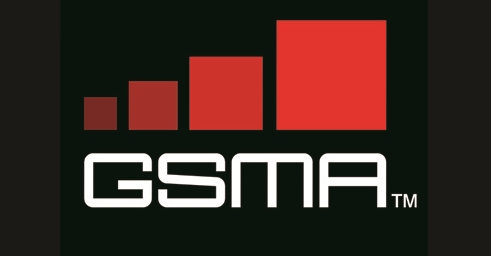To achieve net zero by 2050 and limit global heating to within 1.5C above pre-industrial levels, the GSMA has called on business leaders and policy makers to harness the potential of mobile connectivity and smart technology.
According to GSMA, Smart technology could contribute 40% of the required carbon emissions savings for the world’s net zero goals. Thus, the need for policy maker and tech leaders to scale existing smart technology.
“The risk is that without smart technology used widely, the world will miss 2050 net zero commitments. Business leaders and policymakers must act now to harness the power of mobile technology and connectivity as a key lever in the global race to net zero,” said GSMA’s Director General, Mats Granryd.
These connected technologies already exist. But today, new research from the GSMA, backed by the Carbon Trust, shows mobile connectivity and smart technology are significantly underused by energy-intensive industries, such as power and manufacturing.
In the energy sector, connected technology is only used in around 35% of solar grids and 10% of wind grids globally. Around 5% of the manufacturing sector uses connected technology. And yet, these technologies could help fulfill almost 40% of the cuts required in carbon emissions by 2030, if these industries are to reach net zero by 2050.
As low and zero-carbon technology evolves, people might think we will need to rely on future technology solutions to meet net zero goals. At the GSMA, we disagree. We believe that many of the smart tools and technology needed to drive down carbon emissions, especially in the energy sector, already exist – they just aren’t being used to their full potential.”
The GSMA research focuses on four energy-intensive industries, including energy, transport, buildings, and manufacturing. It shows how increased connectivity and mobile technology can enable global savings of around 11 gigatonnes of carbon emissions by 2030. These savings are the same as decommissioning 2,700 coal-fired power stations.
The key findings of the research include:
Energy Industry
46% of the cut required in carbon emissions in the energy sector could come from the rollout of connected wind and solar energy grids – equivalent to 4 gigatonnes of CO2 or decommissioning around 1000 coal-fired power plants by 2030.
Today, connected technology is used in around 35% of solar grids and 10% of wind grids globally. Without using connected grid technology, carbon emission savings would be approximately 10% less – equating to an additional 1 gigatonnes of unnecessary CO2 by 2030.
Transport Industry
65% of the required carbon emissions reductions across transport could come from digital infrastructure to support electric vehicles, working from home, and, optimised routing and fleet management of road haulage and commercial shipping.
This would amount to a saving of 2.8 gigatonnes of CO2 over the next 9 years – equating to 2.8 billion flights from New York to Paris. Today, electric car charging station numbers are equivalent to only 0.8% of all cars on the road.
Buildings Industry
43% of the required carbon reductions in the buildings sector could come from the impact of installing smart meters in residential properties and smart buildings that use connected heating, ventilation, and air-conditioning (HVAC) systems.
Installing smart meters and connected buildings would amount to approximately 2.2 gigatonnes of CO2 over the next nine years – the same emissions as heating more than 90 million homes over the same period.
Today, only 60 million commercial premises have smart electricity and gas connections, a small fraction of the total commercial buildings globally.
Manufacturing Industry
16% of the carbon reductions required in manufacturing could be provided by smart manufacturing processes, equivalent to 1.4 gigatonnes of CO2; equivalent to the emissions from manufacturing 140 million cars. Today, connected technology is used in 1% of factories across the manufacturing sector globally GSMA Intelligence analysed the impact of smart manufacturing processes including IoT (Internet of Things) sensors for more efficient factory production monitoring, diagnostics, warehouse management, and inventory tracking.

